Early Verdict
Having tried Nikon’s hyper-expensive and somewhat impractical Nikkor Z 58mm f/0.95 Noct lens, we weren’t sure what to expect. It wasn’t this! The Fujinon XF50 F1.0 is portable, affordable, practical and produces rather beautiful images. Not everyone will need or want one, but if you are a Fujifilm X-mount user and bokeh fan, we don’t think you’ll be disappointed.
Pros
- +
Everyday practicality
- +
Superbly smooth rendering
- +
Efficient and precise autofocus
Cons
- -
Rather expensive
- -
Comparable to f/1.4 on full frame
Why you can trust Digital Camera World
What should we make of Fujifilm's Fujinon XF50mm F1.0 R WR? Lenses with an aperture of f/1.0 or faster have typically been showcase products designed to be made in small volumes for an extremely affluent and discerning audience.
The Nikon 58mm f/0.95 Noct is one such example. Much as we love it, the Noct is huge, impractical (no AF) and massively expensive.
The Fujinon XF50mm F1.0 R WR seems to be tapping into the same vibe, but you only have to pick it up and use it to realise it’s a very different lens. It’s not cheap, but it’s not ruinously expensive, either. It’s not small, but it is perfectly portable. And thanks to the provision of autofocus, it’s a lens you can use every day.
Fujifilm already makes a 56mm f/1.2 lens which is cheaper than this one and almost as fast, so what’s the point of the XF50mm F1.0 R WR? It’s not just that the aperture is that little bit faster, but that the lens itself is designed to give a softer, smoother and more characterful rendering.
There is an argument against fast lenses on APS-C cameras, that in terms of depth of field, this f/1.0 lens is roughly equivalent to f/1.4 on a full frame camera, and f/1.4 full frame lenses are ten a penny these days.
That’s true, but it misses the point. The Fujinon XF50mm F1.0 R WR is not trying to convince photographers that APS-C cameras can ‘do bokeh’ too (though that is a good point). Really, this is a lens for Fujifilm X-mount fans who want the best bokeh they can get for their system.
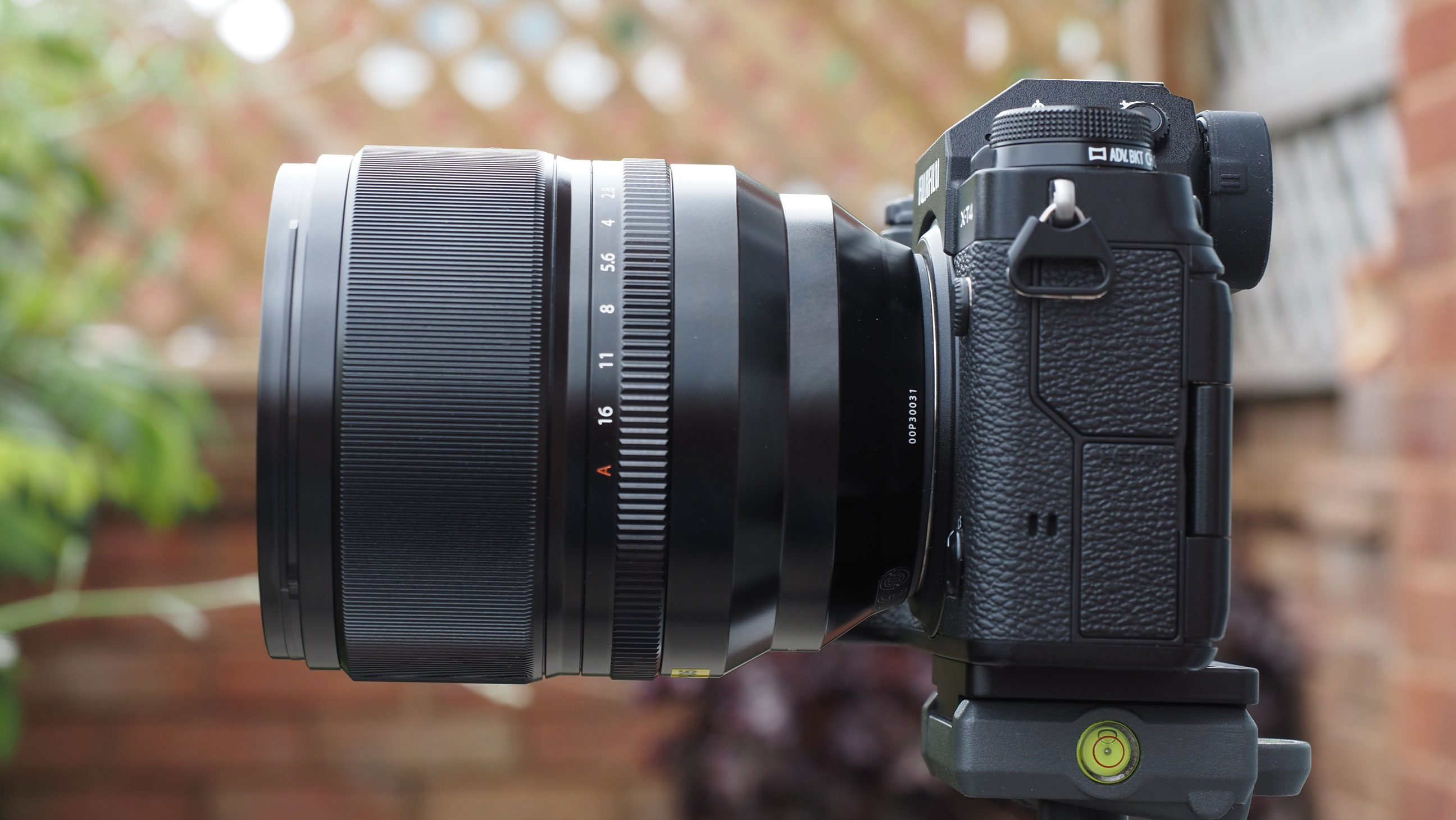
Specifications
Mount: Fujifilm X-mount
Full frame: No (APS-C)
Autofocus: Yes
Image stabilization: No
Lens construction: 12 elements in 9 groups
Angle of view: 31.7°
Diaphragm blades: 9 (rounded)
Minimum aperture: f/16
Minimum focusing distance: 0.7m
Maximum magnification ratio: 0.08x
Filter size: 77mm
Dimensions: 87 x 103.5mm
Weight: 845g
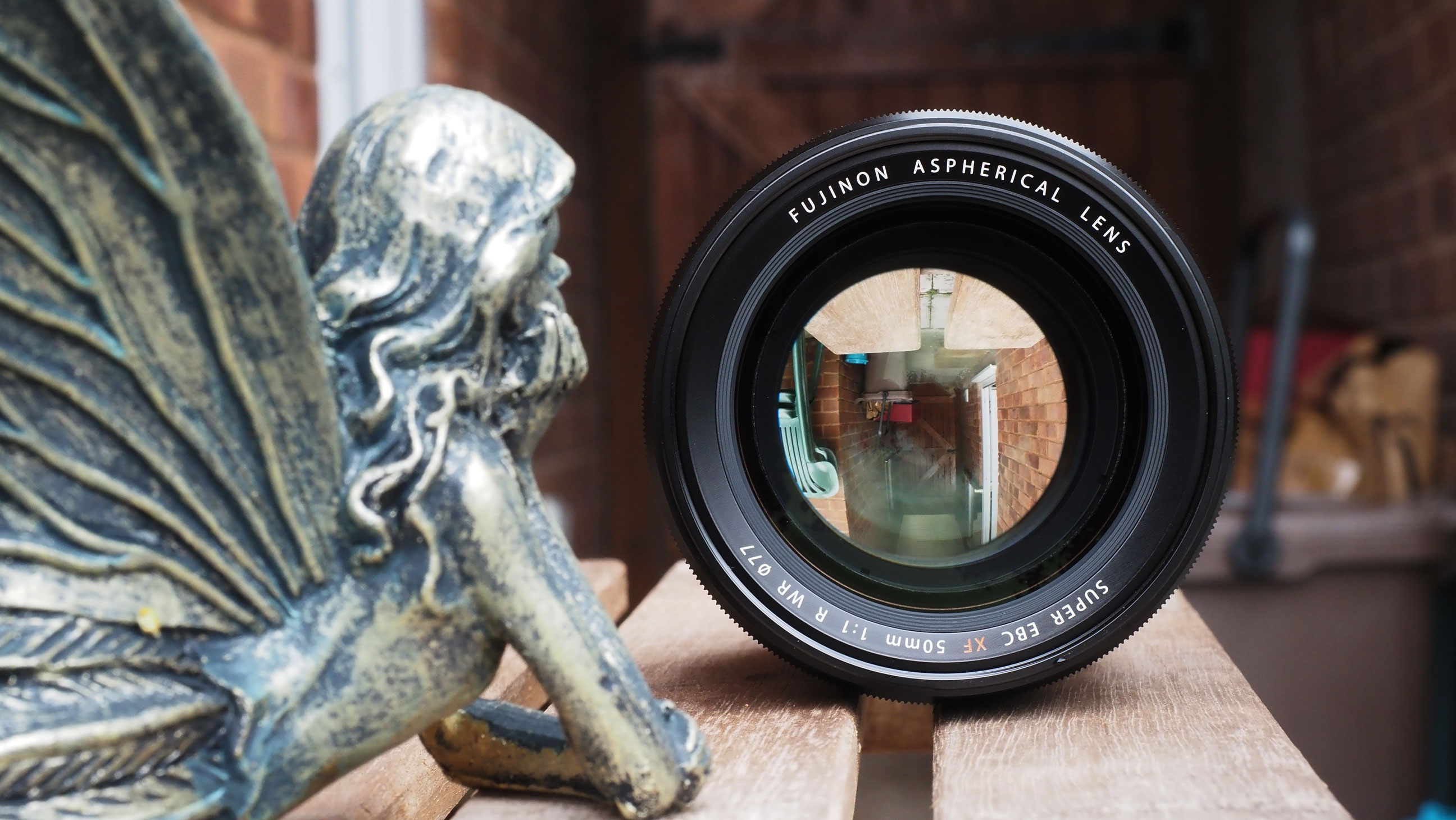
Build and handling
The Fujinon XF50mm F1.0 WR is a pretty big lens, but nothing like the Nikkor Noct 58mm f/0.95. It balances pretty well on an XT4 body and would be fine on an X-Pro3, too. At 845g, it’s quite heavy for an APS-C prime, but there are plenty of telephotos that are much heavier than this.
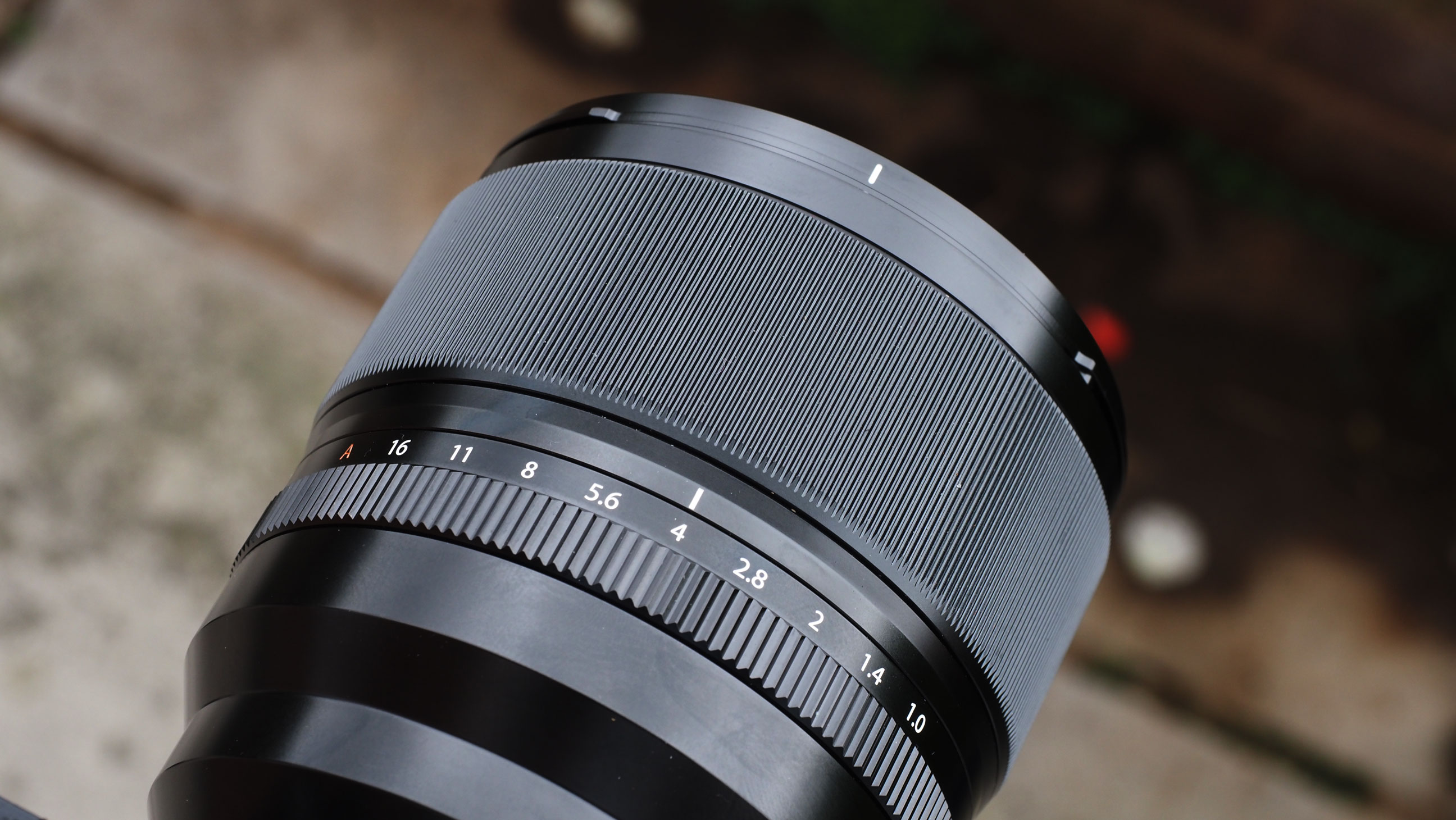
There is an aperture ring with a perfect ‘click’ weighting and a broad manual focus ring – though no focus distance scale. The depth of field is so shallow you would probably be better off sticking to the autofocus unless your subject is pretty static.
Interestingly, the front element has a slightly concave (dish-shape) profile, unlike the convex (bulging) front element on almost all other lenses – we have seen this a couple of times before on ultra-fast primes.
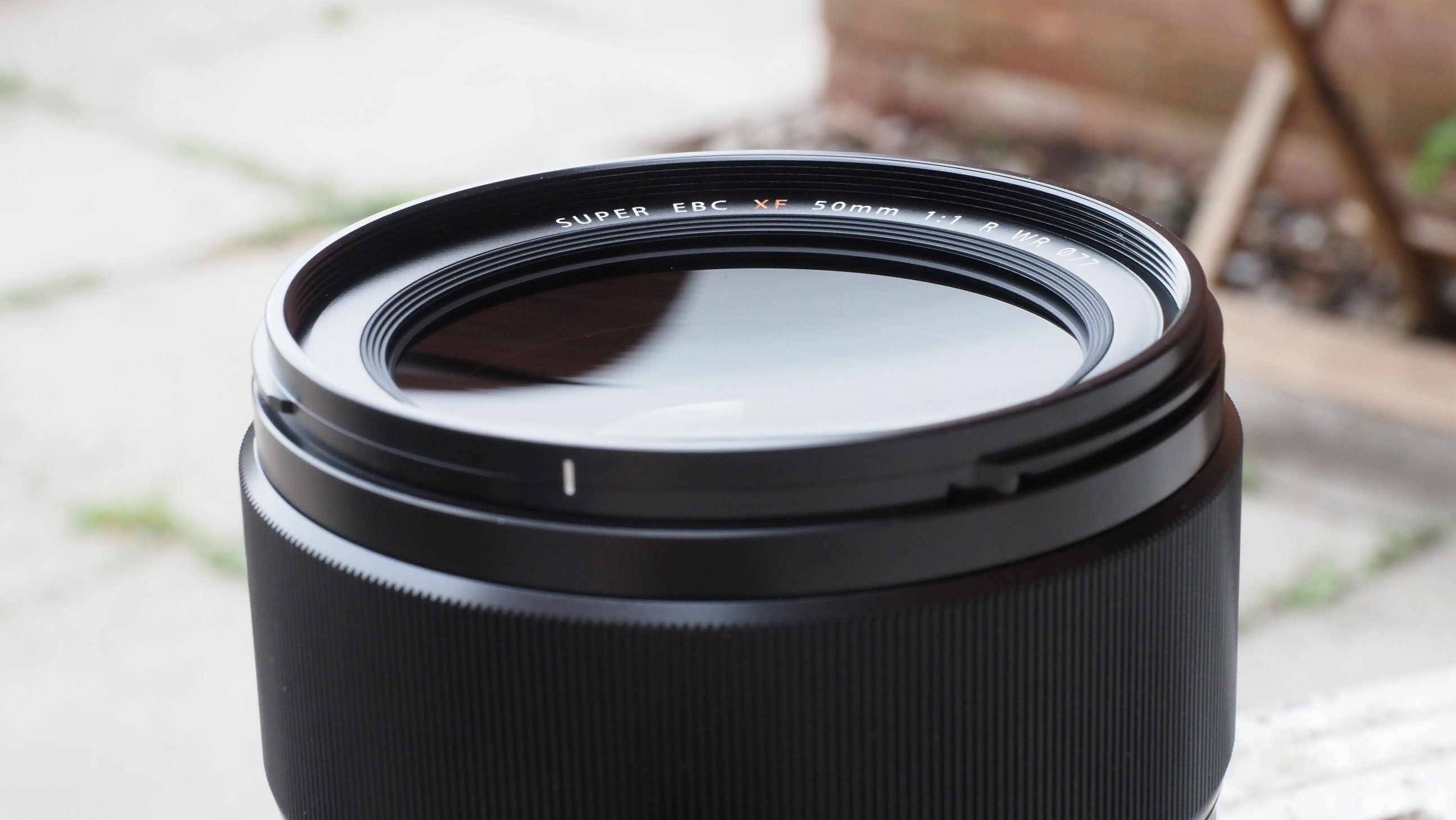
The 77mm filter ring is big for a 50mm lens, but it’s not an uncommon filter size, so if you do want to use filters with this lens it is perfectly practical.
Apart from that, there is very little to say. Even though we had an early sample, the build quality, fit and finish felt first rate. Despite the amazing maximum aperture, it’s an easy lens to handle.
Performance
All the sample images for our hands-on review were shot with a pre-production lens, so the final lens quality may vary. With that in mind, our comments are preliminary observations only, and we have not yet run a production lens through our lab tests.



The autofocus is remarkably smooth, fast and quiet for such a big lens. It needs to be, too, because if you are using this lens wide open, there is no margin for error and the camera and lens have to keep up with subject movements, no matter how slight.
We took all our pictures wide open at f/1.0 – of course! The results were very interesting. Where the existing Fujinon 56mm f/1.2 gives similar depth of field, its bokeh is much more fussy and ‘brittle’. By contrast the XF50mm F1.0 delivers a super-smooth bokeh and a gentle focus transition from sharp to unsharp, a really nice rendering that reminds us of Leica’s classic M-mount rangefinder lenses.
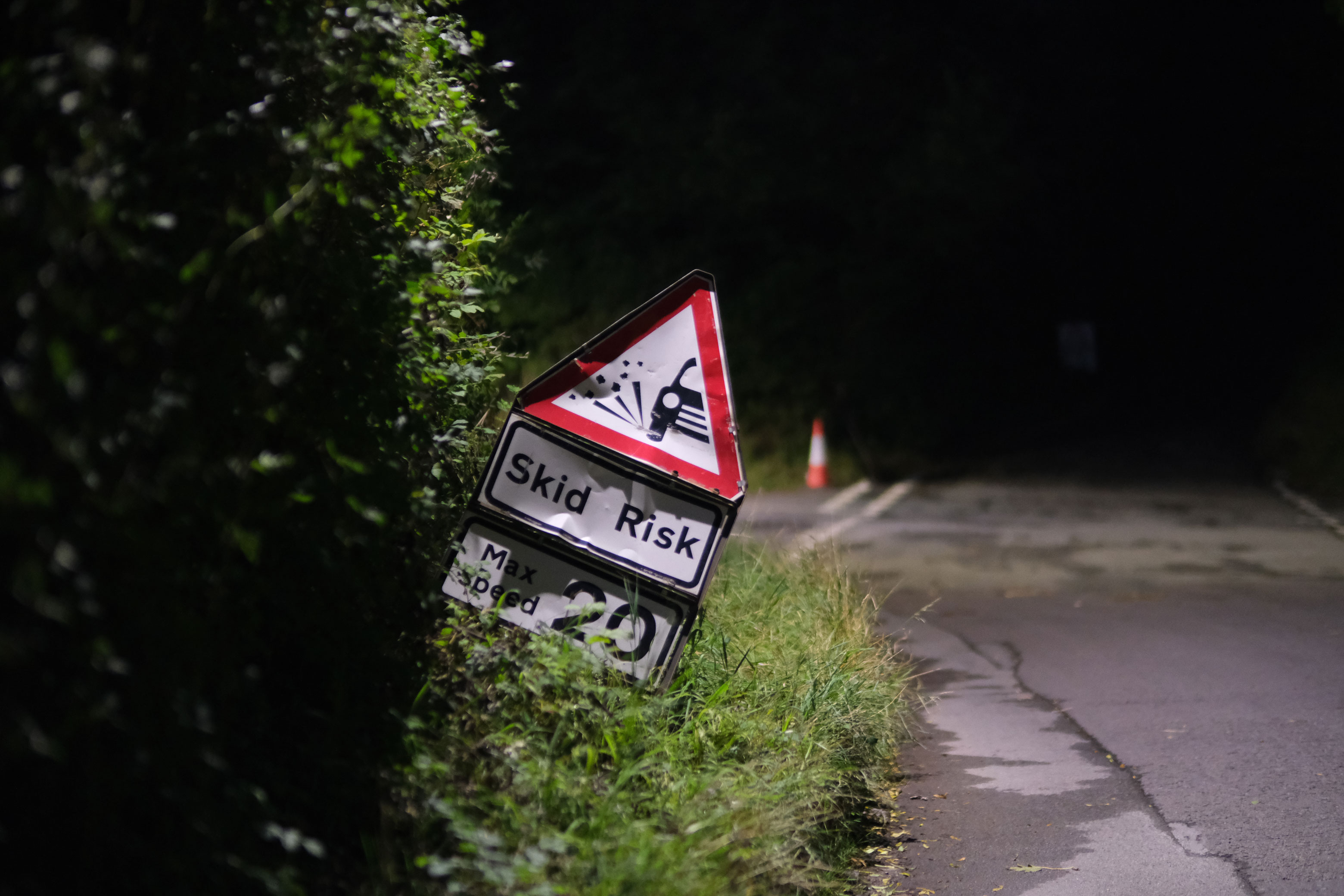
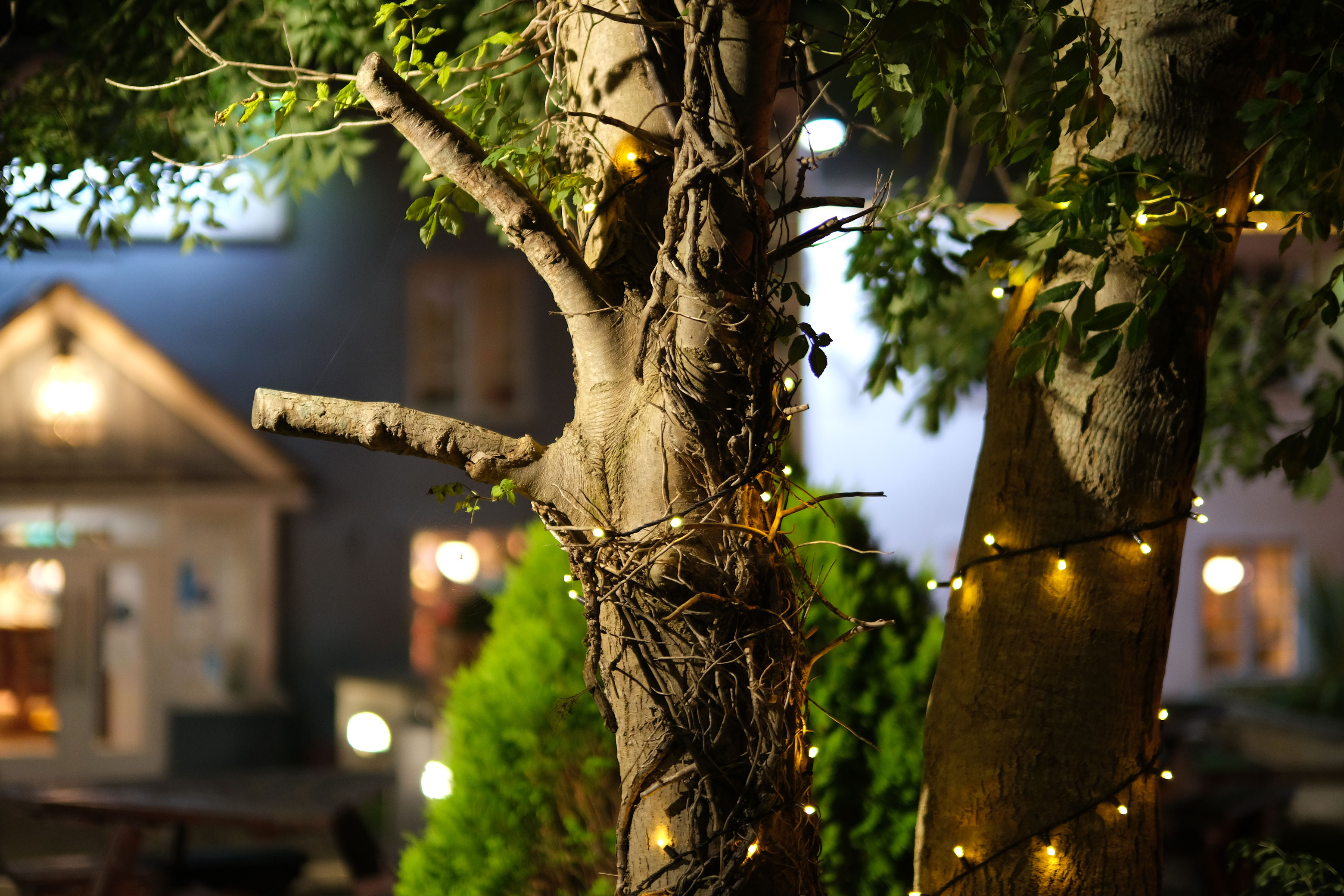
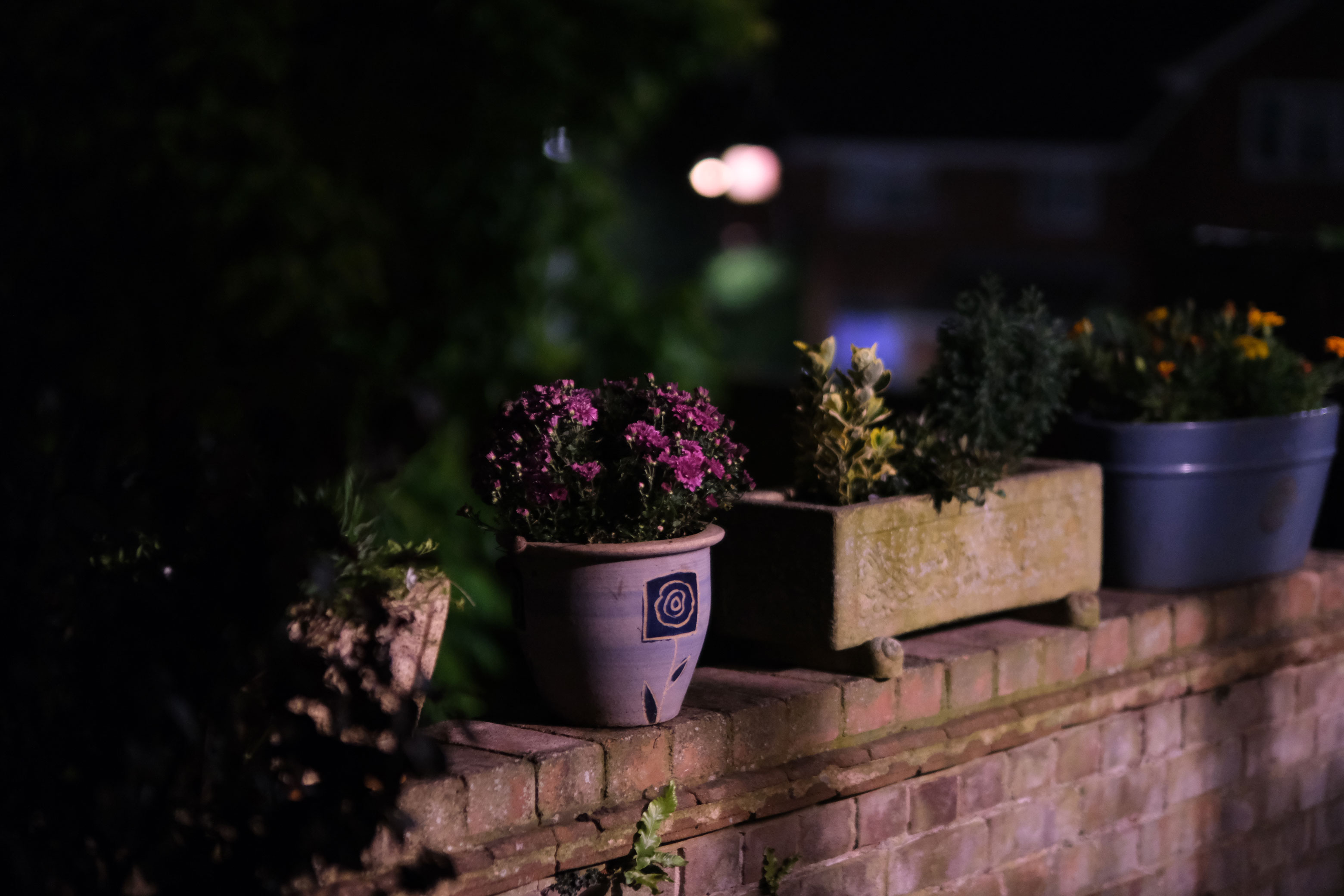
Fujifilm says the designers deliberately left aspherical aberration uncorrected at f/1.0 in order to achieve this effect. It looks from our images as if the outright sharpness at f/1.0 is slightly lower than when stopped down, but we’d swap that for this lens’s super-smooth rendering any day.
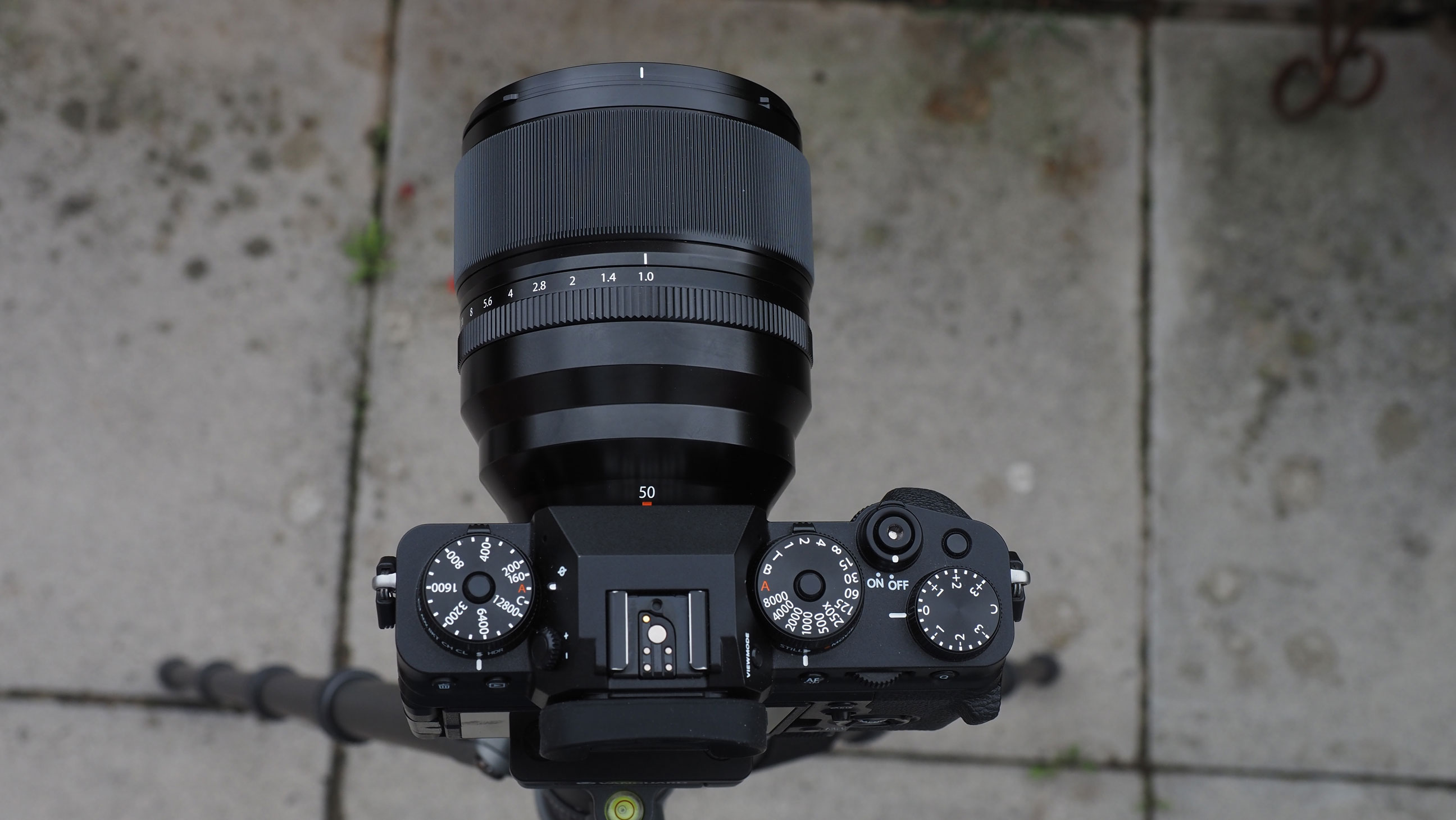
Early verdict
The Fujinon XF50mm F1.0 has surprised us somewhat. It’s a lot easier to use than we were expecting, and more affordable too. And its optical design really does appear to have been optimised, very successfully, for super-smooth bokeh and subtle focus fall-off.
It’s true that an APS-C lens won’t match the depth of field ‘shallowness’ of a full frame lens, but the Fujinon XF50mm F1.0 has such a wide maximum aperture that in our book it comes close enough. We look forward to testing a production sample in due course, but right now this looks like a really good lens for bokeh fans, and one that delivers a characterful ‘look’ that’s about much more than just depth of field.
Read more:
• Best Fujifilm lenses
• Best Fujifilm cameras
• Best portrait lenses
• Best professional cameras
• Best mirrorless cameras

Rod is an independent photography journalist and editor, and a long-standing Digital Camera World contributor, having previously worked as DCW's Group Reviews editor. Before that he has been technique editor on N-Photo, Head of Testing for the photography division and Camera Channel editor on TechRadar, as well as contributing to many other publications. He has been writing about photography technique, photo editing and digital cameras since they first appeared, and before that began his career writing about film photography. He has used and reviewed practically every interchangeable lens camera launched in the past 20 years, from entry-level DSLRs to medium format cameras, together with lenses, tripods, gimbals, light meters, camera bags and more. Rod has his own camera gear blog at fotovolo.com but also writes about photo-editing applications and techniques at lifeafterphotoshop.com

